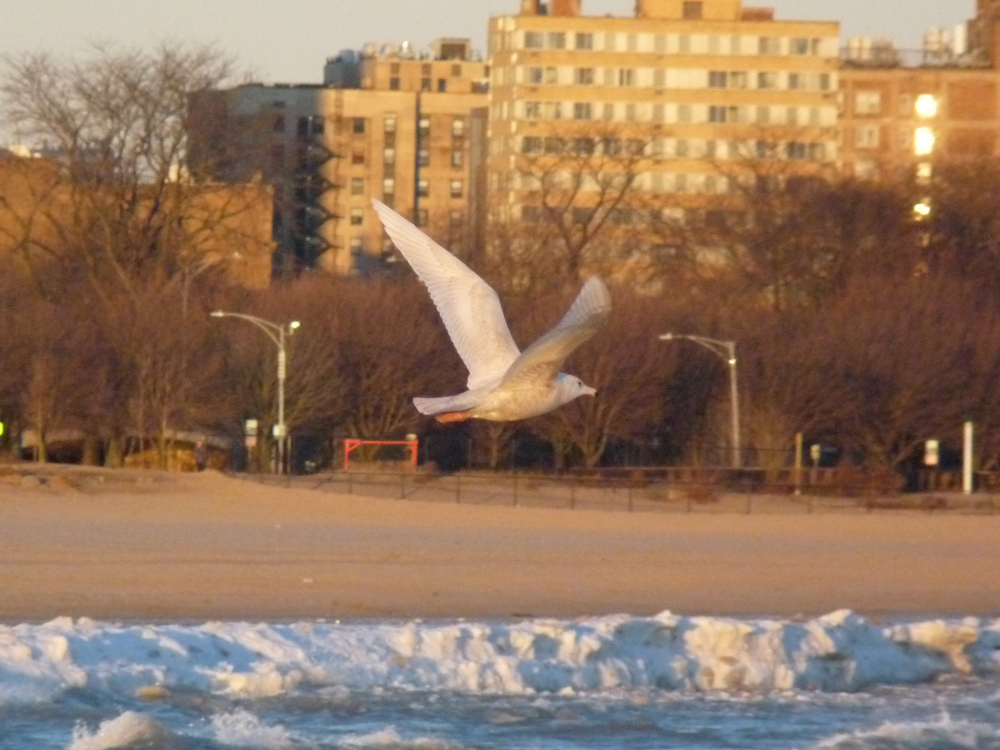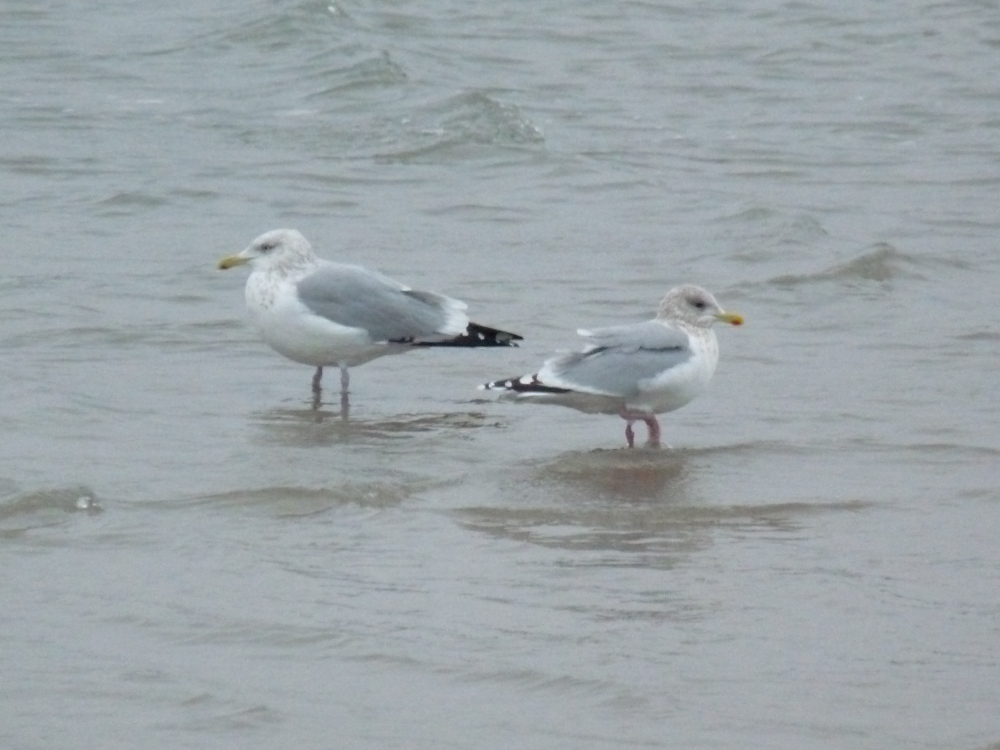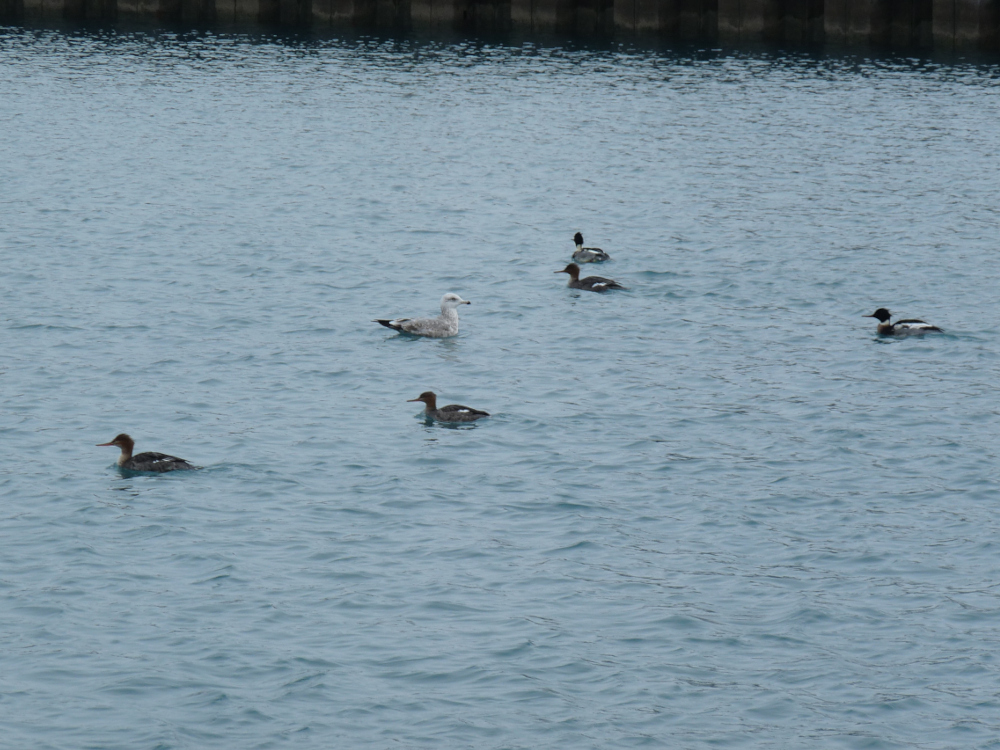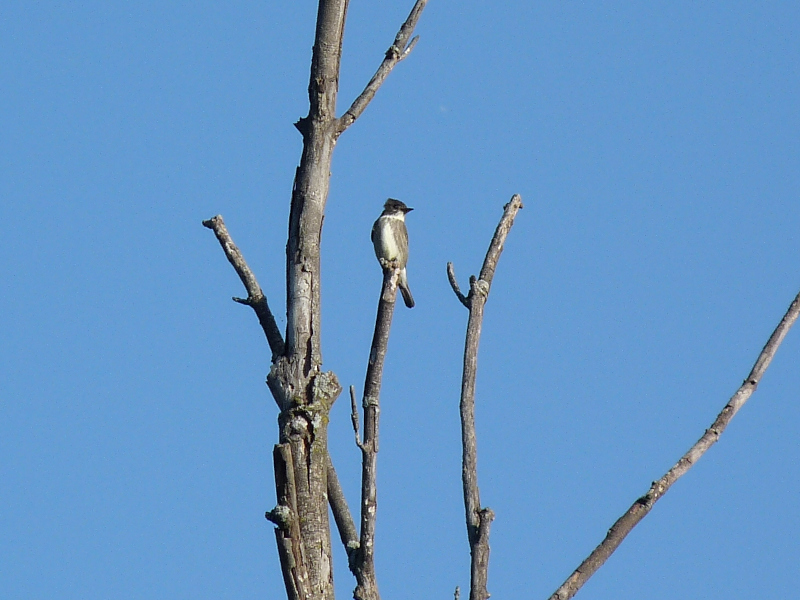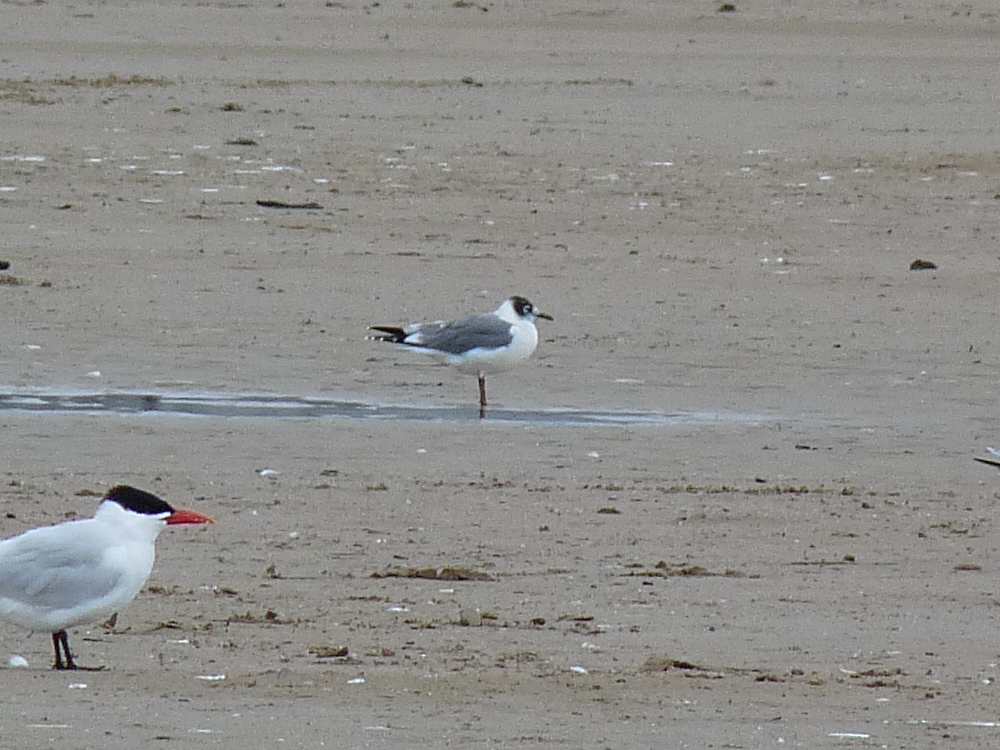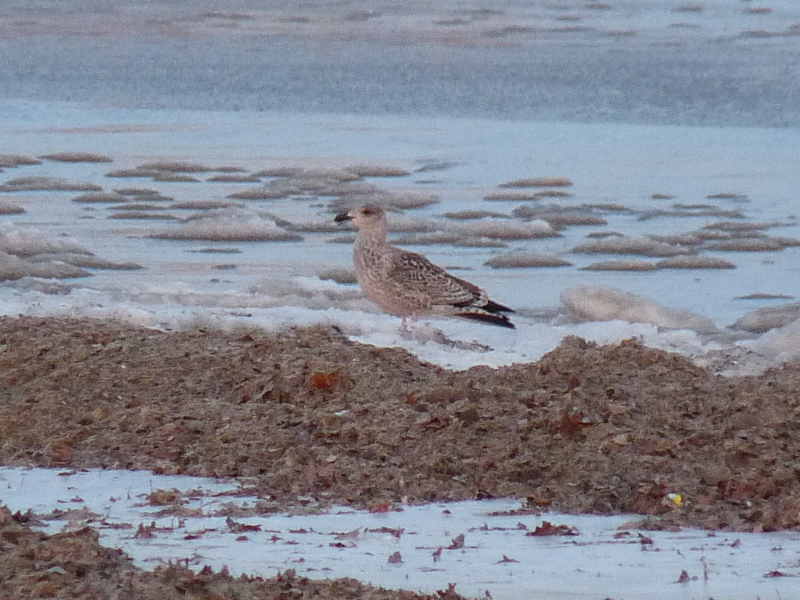Now that February is here we’re starting to think about spring and migration, but it’s still winter and we’re still getting winter birds. I can’t think of two more wintry birds in Chicago than Glaucous Gull and Long-tailed Duck. Both were at Montrose on February 10. This is the first Glaucous Gull I’ve seen at Montrose all winter. Not to be outdone, a tame adult male Long-tailed Duck graced the inside of the fishing pier. The Glaucous Gull flew off shortly after I photographed it, but the Long-tailed was still there when I left. More photos are at my eBird checklist for the morning, URL below.
eBird Checklist
February 10, 2023

